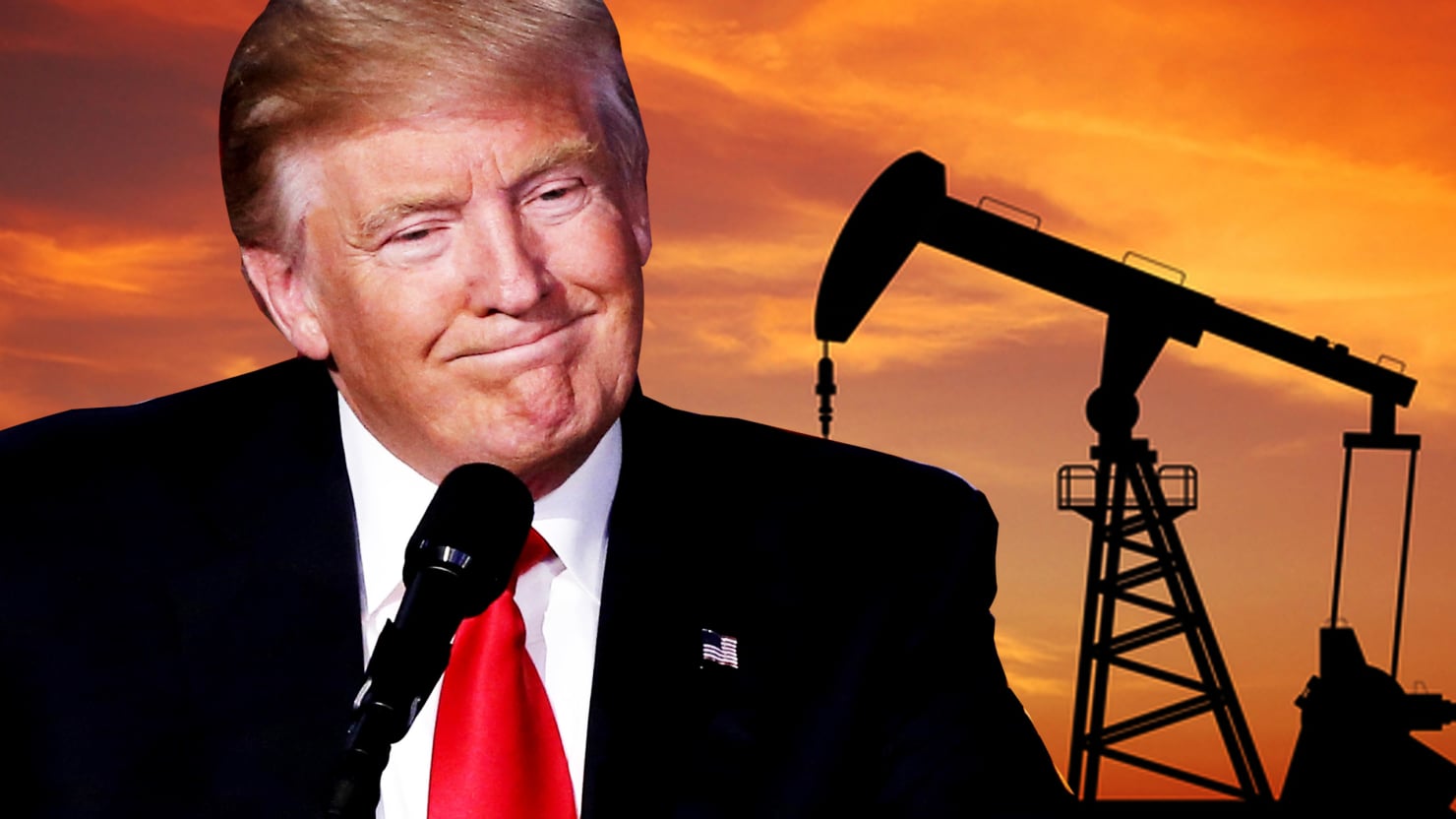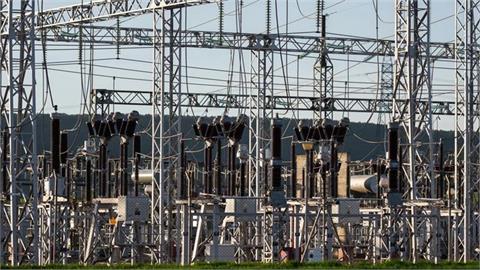by Brian Scheid, Jasmin Melvin and Maya Weber The Trump administration: A Platts news and analysis feature
The Trump administration Tuesday unveiled its proposed, $4.1 trillion fiscal 2018 budget, which calls for major increases in military and border security balanced with offsetting cuts in environmental protections, sales of government-owned crude and calls for increased oil and gas production on federal lands.
Congress is unlikely to pass an appropriations bill that follows the White House recommendations closely, but it but lays out a road map for the Trump administration's policy priorities going forward.
The budget proposal includes a broad push to "rollback" federal regulations and boost domestic energy production.
"We must increase development of America's energy resources, strengthening our national security, lowering the price of electricity and transportation fuels, and driving down the cost of consumer goods so that every American individual and business has more money to save and invest," Trump wrote in the introduction to the budget. "A consistent, long-term supply of lower-cost American energy brings with it a much larger economy, more jobs, eater security for the American people."
Here's a look at the spending proposals for agencies expected to play a role in Trump's plans for increased domestic fossil fuel production:
DEPARTMENT OF ENERGY
- Includes $28 billion for the agency in fiscal 2018, down $1.7 billion or 5.6% from fiscal 2017.
- Includes $280 million for DOE's Office of Fossil Energy in order to focus on "cutting-edge fossil energy research and development, advance domestic energy production, support innovative clean coal technologies, and strengthen our energy security," the agency said.
- Reduces the Strategic Petroleum Reserve by half through a decade of sales expected to raise about $16.59 billion by 2027.
- Restarts the Nuclear Waste Fund fee in 2020, estimated to raise about $3.05 billion by 2027.
- Repeals the borrowing authority and divests assets of the Western Area Power Administration, Southwestern Power Administration and the Bonneville Power Administration. This is forecast to raise about $9.93 billion by 2027.
- In a statement, Energy Secretary Rick Perry said the proposed budget "reflects the importance of strengthening our nuclear capabilities, and places an emphasis on early stage energy technology research and development."
DEPARTMENT OF INTERIOR
- Includes $11.7 billion for the agency in fiscal 2018, down $1.4 billion, or 10.9%, from fiscal 2017.
- In a statement, Interior Secretary Ryan Zinke said the proposal is a call for "increasing domestic energy production on federal lands."
- Includes $791 million to boost US energy production, Interior said.
- Calls for $189 million to improve onshore oil and gas permitting and rights of way processes, up $24 million from the previous year.
- Includes $343 million for offshore production efforts, including $10 million to redraft the Obama administration's five-year oil and gas lease program, which did not include sales in the Atlantic or Arctic oceans.
- Calls for $78 million for renewable energy development on public lands.
- Leases oil and gas in the Arctic National Wildlife Refuge beginning in 2022, a proposal the administration estimates will raise about $1.8 billion through 2027.
- Repeals payments made to states under the Gulf of Mexico Energy Security Act, creating a savings of $3.56 billion over 10 years.
- Includes $1.1 billion for Interior's Bureau of Land Management, down nearly $163 million from fiscal 2017.
- Includes $204.9 million for Interior's Bureau of Safety and Environmental Enforcement, up $600,000 from fiscal 2017.
- Includes $171 million for Interior Bureau of Ocean Energy Management.
ENVIRONMENTAL PROTECTION AGENCY
- Includes $5.7 billion for the EPA in fiscal 2018, down $2.6 billion or 31.4% from fiscal 2017.
- The EPA faces the largest percentage funding decline of any agency.
- In a statement, EPA Administrator Scott Pruitt said the proposed budget "supports EPA's highest priorities with federal funding for priority work in infrastructure, air and water quality, and ensuring the safety of chemicals in the marketplace."
- The proposal discontinues funding the Clean Power Plan, the landmark piece of the Obama administration's effort to combat climate change, which the EPA estimates will result in $139 million in program eliminations and $95 million in "major programmatic changes."
- In a statement, New Jersey Representative Frank Pallone, the top Democrat on the House Energy and Commerce Committee, called the proposed cuts to EPA "extreme" and a threat to health and the environment.
FEDERAL ENERGY REGULATORY COMMISSION
- Includes $367.6 million for FERC in fiscal 2018, up $48.4 million or 15.2% from fiscal 2017.
- FERC receives an appropriation from Congress, but it is revenue neutral in that it recovers all of its operational costs through annual charges and filing fees collected from the industries it regulates, and thus is not a burden on taxpayers.
- The budget request would allow for a 1.9% pay raise for employees, and continue funding for program contracts tied to the commission's "hydropower environmental workload, natural gas pipeline construction oversight, [LNG] construction inspections, and expert witness contractor assistance in the commission's enforcement program."
- The budget request would add eight full-time equivalents to aid FERC's objective of fostering economic and environmental benefits for the country through the approval of natural gas and hydropower projects. Funding for this objective would be 7.6% higher in fiscal 2018, at $70.4 million.
- Overall, fiscal 2018 funding associated with regulating the natural gas sector would go up 6.5% to $66.6 million and include three more full-time equivalents than fiscal 2017. Fiscal 2018 funding for regulating the electric industry would see a 7.5% rise from fiscal 2017 to $208 million, but include 14 fewer full-time equivalents.
COMMODITY FUTURES TRADING COMMISSION
- The CFTC put out its own separate request of $281.5 million, up from the $250 million appropriated the last few years, and above the $250 million requested by the White House.
- The CFTC has authority under the Commodity Exchange Act to provide its own budget request, and while the request was provided to OMB for its consideration, "we agreed to disagree," a spokesman for the commission said.
- The additional funds in CFTC's request were slated to implement Acting CFTC Chairman Christopher Giancarlo's proposed financial technology initiative, invest in economic analysis, such as cost benefit assessments, and step up oversight of clearinghouses in the US and abroad.
- The request falls short of the sought $330 million or 32% increase that had been urged by the prior CFTC Chairman Timothy Massad.
(www,plats.com, 24 May 2017)




